Delays, defects: why we are sleepwalking towards a defence tragedy
The Defence Strategic Review is worthless unless Defence stops deliberately dragging the chain.
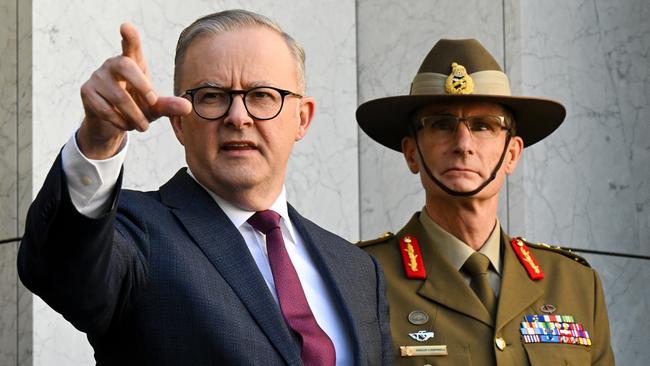
In many ways the DSR is a very good document. And yet there is an element of national tragedy underlying it.

To start, it’s strategically honest: “Our alliance partner, the United States, is no longer the unipolar leader of the Indo-Pacific. The region has seen the return of major power strategic competition, the intensity of which should be seen as the defining feature of our region and time.
“As a consequence, for the first time in 80 years we must go back to fundamentals, to take a first-principles approach to how we manage and seek to avoid the highest level of strategic risk we now face as a nation: the prospect of major conflict in the region that directly threatens our national interest.”
Nor does the DSR have any doubt about what the source of danger and instability in our region is: “China’s military build-up is now the largest and most ambitious of any country since the end of the Second World War. This build-up is occurring without transparency or reassurance to the Indo-Pacific region of China’s strategic intent.”
Contrary to popular reports, the DSR does not rule out altogether the possibility that Australia itself could be invaded and occupied. Instead, it describes this as a “remote possibility”. However, the DSR rightly asserts that “the threat of the use of military force or coercion against Australia does not require invasion”.
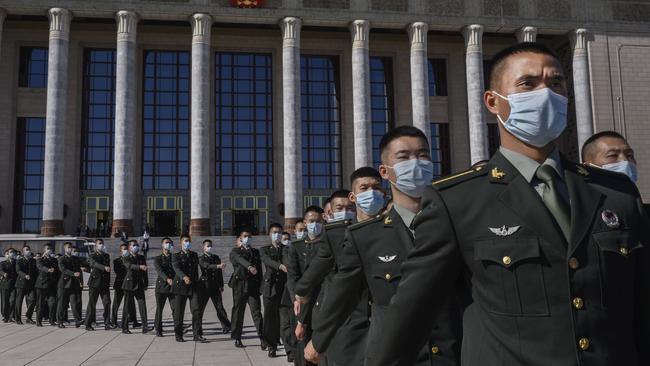
Moreover, as China has grown more powerful compared with the US, and certainly compared with Australia, much of the world has grown more powerful militarily compared with Australia. This is a result of economic development, military technology and strategic intent.
Australia has traditionally been protected by our geography. The tyranny of distance was also the security of distance. But missiles, cyber capabilities and many other technologies mean that is much less so today. And given that we more or less abolished manufacturing in Australia, and more or less abolished our own oil-refining capacity, and our own merchant fleet, and so much else, we are now, though wealthier than ever, also, paradoxically, more exposed to devastating international actions against us.
As the DSR notes: “More countries are able to project combat power across greater ranges, including against our trade and supply routes.”
There is a lot more in this vein. Its wording is generally pretty restrained, but you couldn’t seriously fault its strategic assessments, or its understanding of global military trends. We need, in this uniquely and increasingly dangerous environment, to be able to hit harder and hit further away – to hold enemies at greater risk at greater distance.
And so we will move from having a “balanced force” to a “focused force”, one which concentrates on the key strategic requirements of the nation.
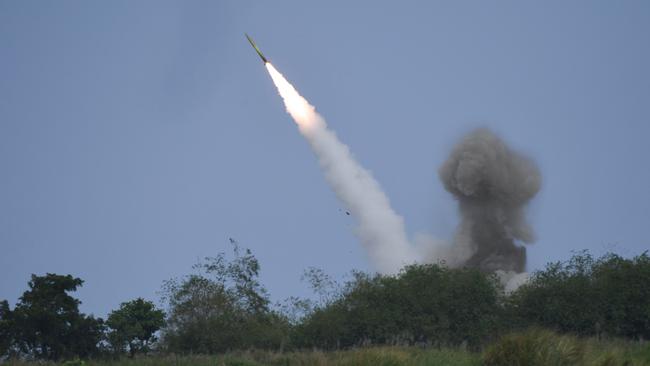
But as Lenin once remarked, the only question that matters at all is this: What is to be done?
It’s here that the DSR is not only disappointing, but deeply perplexing.
It’s not that the DSR, or the government influenced by the DSR, will result in no improvements to Australia’s Defence Force. The DSR wants our military to embrace the age of missiles. And there are a series of actions the government has announced which give some effect to that.
The army, famously, gets its Infantry Fighting Vehicles order cut from 450 to 129 and half its self-propelled howitzers disappear. Instead, it gets High Mobility Artillery Rockets systems, or HIMARS. The DSR wants it to get a lot more of them. That’s significant. The army can presently hit targets 40km away. With HIMARS, and with the new PRISM missiles which will be part of HIMARS, the army will be able to hit targets 500km away.
That’s a big improvement. It gives the army a role in coastal defence and littoral warfare. It could, conceivably, even give the army an offensive role in island hopping, and shoot-and-scoot missile fires at an enemy in the archipelago to our north. That’s not a likely scenario, but it’s credible and it’s a capability worth having.
The HIMARS had already been announced, but that doesn’t matter. Nonetheless, we should be quite clear that HIMARS is a tactical capability, not a strategic deterrent. Some commentators are describing its 500km missile range as long-range missiles. In fact, they are short-range missiles. Yet the HIMARS are almost the military centrepiece of the DSR. But tactics without strategy, as the old saying has it, is just noise before defeat. There are much longer-range, ground-based missiles and the US is redeveloping a ground-based Tomahawk with a range in excess of 2000km. These missiles would give us genuine strategic reach. There is no sign of our seeking to get them.
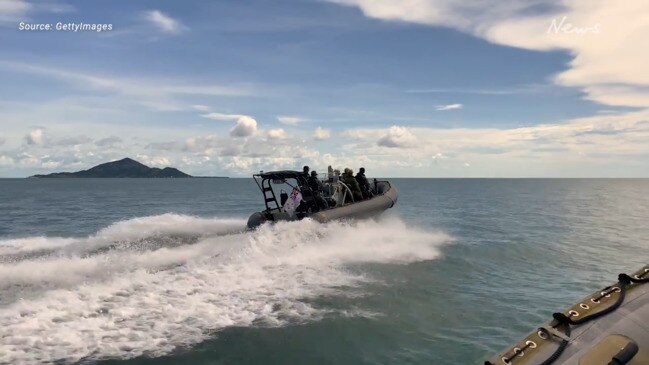
For the navy, we all know that, starting in 10 years or so, we get the first of our nuclear-powered submarines. In the meantime, the government has announced that our three air warfare destroyers will get Tomahawk and other medium-range missiles. In their most advanced iteration, Tomahawks can have a range of up to 2500km.
And the DSR also rightly determines that our F-35 Joint Strike Fighters and our FA-18 Super Hornets must be able to fire Long-Range Anti-Ship Missiles and the Joint Strike Missiles. The F-35 is the most advanced fifth-generation multi-task fighter in the air.
With in-air refuelling, you might take the plane 1000km from shore and then – if it has a missile that can strike at a 500km range – that is an element of significant strike projection.
So there you have three reasonably meaningful Australian defence capabilities. If an enemy comes up near shore and we have a HIMARS nearby we could hurt it badly. If we can get one of our three AWDs into the right position, it could fire a few deadly missiles at an enemy. And our fast jet fleet of fewer than 100 aircraft are formidable in their range. And, of course, we have the Collins subs.
Australia is roughly the 12th largest economy in the world. If that’s the limit, more or less, of our firepower, we are not getting value for money and it’s an extremely modest effort. Let me repeat: it’s an extremely modest effort. Beijing didn’t like the tone of the DSR but there was nothing in it that would cause any Beijing military planner a nanosecond of concern.
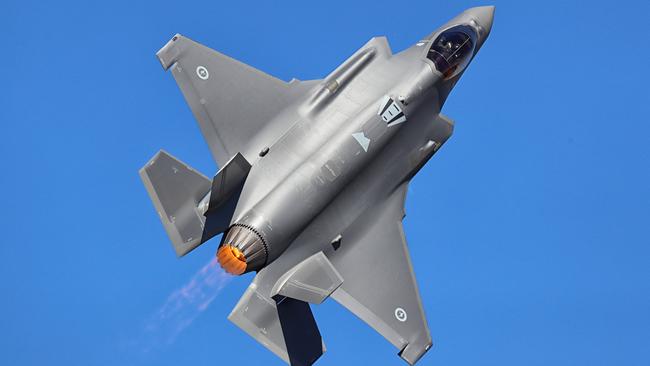
In some ways the biggest news of the DSR was substantially missed by the media. We are apparently not going to get the final squadron of 28 F-35s, which we had expected. We have 72 of them, plus a squadron of Super Hornets and 11 anti-electronic warfare Growlers, about 100 fast jets. That’s what we always have. As Stalin reputedly observed, in the debate between quantity versus quality, quantity has a quality all of its own. We don’t have sufficient quantity of anything to make an independent strategic difference anywhere. We’ve decided, apparently, bizarrely, that we’ll have fewer F-35s than we had planned.
The DSR is extremely disappointing in four key areas: the air force; the surface fleet of the navy; the dollars; and the development of Australian missile capabilities.
Take the dollars first. Australian defence is based on four simple propositions which together constitute a non-sequitur of madness.
Proposition One: we face uniquely dangerous strategic circumstances.
Proposition Two: the ADF is “not fit for purpose” in this environment.
Proposition Three: we will not spend a single dollar more on defence than what has been planned for years and years.
Proposition Four: we will make only marginal, incremental and very slow changes to the ADF, and nothing of any real consequence in the five years ahead.
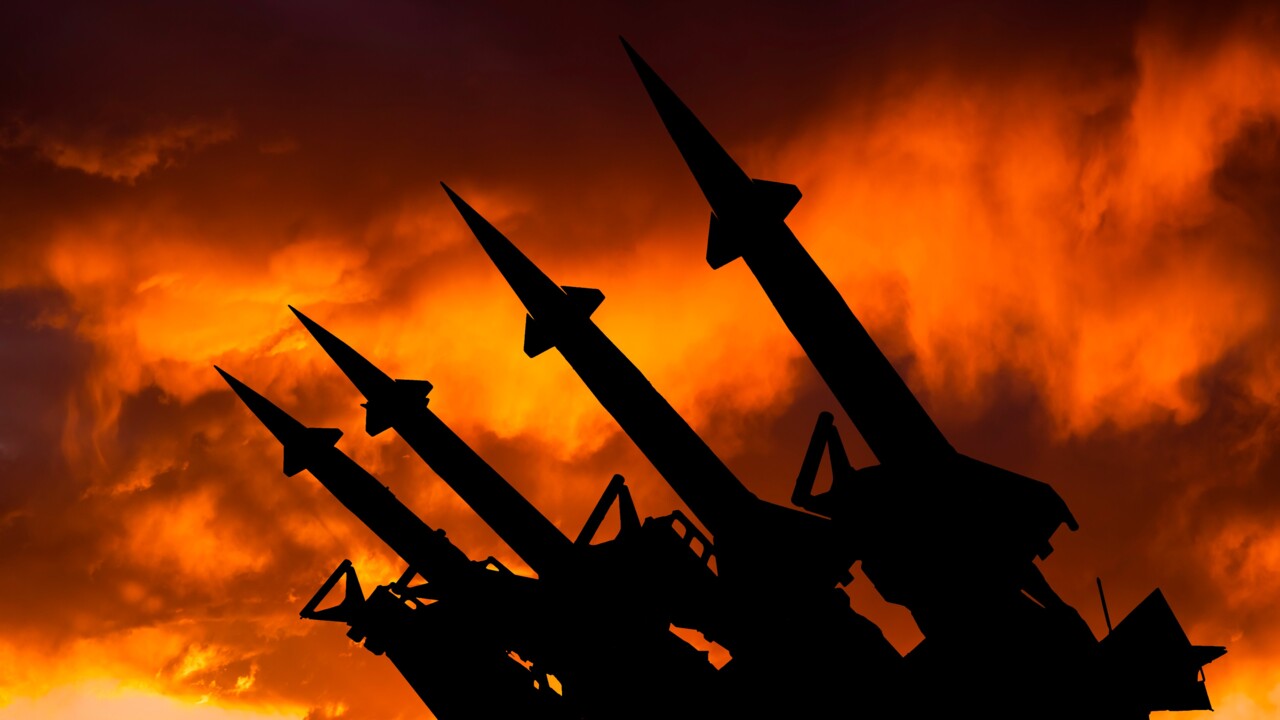
Here’s an example. Going way back into the Morrison government, Canberra has been doing work on how to fit Tomahawk missiles on to the Collins subs. It would require a bit of work on weapons storage on the subs and the combat management system. You could do it tomorrow as a one-off change or you could do it, as vaguely and confidentially planned, as part of the Life of Type Extension to the Collins boats.
There is a big shortage of Tomahawks at the moment. But the earlier you order, the better placed you are in the queue. Because no one in the region knows where the Collins boats are at any moment, the Tomahawk missiles would be a big addition to their strike capability. Why won’t the government commit to putting Tomahawks on the Collins? Why won’t it announce this? Why doesn’t it just do it? God alone knows.
The DSR’s failure with the navy is the most glaring of all. Stephen Smith and Angus Houston are both first-class minds and deeply patriotic. They know what Australia needs. Yet the DSR could decide only that we need to have another review into the future of the surface fleet of the navy to determine what we should have. Another review!
And this review will be led by an American admiral.
There is a Yes Minister quality to all this which is almost beyond parody. This review is due to report by the end of September. The government was elected in May last year. That means the first term of the Albanese government will be half over before it makes a single decision on the future of our surface fleet, and those recommendations will be shaped not by the independent and fearless DSR, but by another internal Defence committee, led this time by a friendly American.
Australians generally have no idea of the crisis of capability in our surface fleet. As the DSR many times tells us, we are living in the age of the missile. Missiles are not everything, but they are essential to almost everything and they are often decisive.
David Shackleton, a former chief of navy, earlier this year produced a paper which puts the crisis in stark terms: “In 1995, the Royal Australian Navy possessed 368 missile cells on its major surface combatants. By 2020, that had reduced to 208, a 43 per cent reduction in firepower. It will take until 2045 for the navy to get back up to its 1995 capacity.”
So let’s just lay bare this scarcely believable contradiction in the starkest terms: As the DSR tells us, we live in the age of missiles. Yet we have, astonishingly, disarmed our surface fleet of missiles. Most astoundingly still, we plan to do absolutely nothing in the short term to re-arm with missiles.
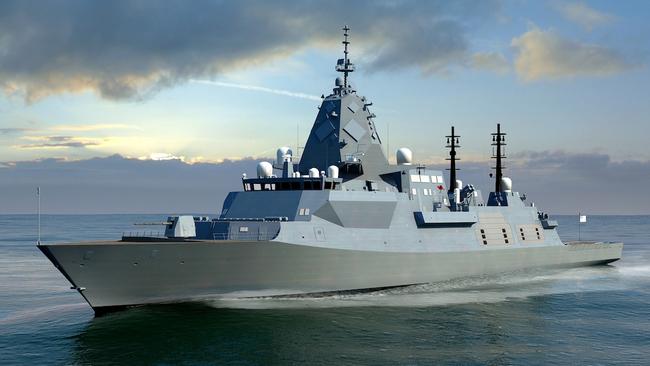
Everybody knows the broad shape of what we have to do. Stop building the militarily useless offshore patrol vessels. Get the company building them, Lurssen, to build for us instead the bigger of the two models of corvettes it makes. The DSR says we should stop seeking the perfect solution but go instead for the minimal credible capability that we can get soonest. The corvette is a perfect example. Beyond that we need to reform the nine-ship, $45bn Hunter frigate program. These ships are optimised for anti-submarine warfare and have only 32 vertical launch cells for missiles. That’s not enough for a modern warship. Typical US and Chinese destroyers have 100 missile cells. That means a ship can carry enough missiles for credible self-defence and a suite of offensive missiles of various types, including very long-range missiles that can hold an enemy far at bay, worried about your range and fire power.
The optimal solution would be to reconfigure the Hunters so that they have a lot more missile cells while retaining some anti-submarine capability and at the same time get the Spanish to build us, in Spain, three more AWDs, capable warships that we know how to use. The government won’t do that because it would be very expensive and it’s determined to build all the frigates in Adelaide.
Nonetheless, that would be the right solution. A dozen corvettes and nine frigates with lots and lots of missiles would be a formidable surface navy. But here’s a profound strategic insight: no plan will work at all unless it one day actually starts. Despite tens of billions of dollars and an almost infinite number of elegant strategic words, the Australian surface navy has, as of today, only three capable warships, the three AWDs. That is a grave scandal and a deep national tragedy. That the defence establishment could let this situation evolve over the years is the surest sign it doesn’t take its task seriously.
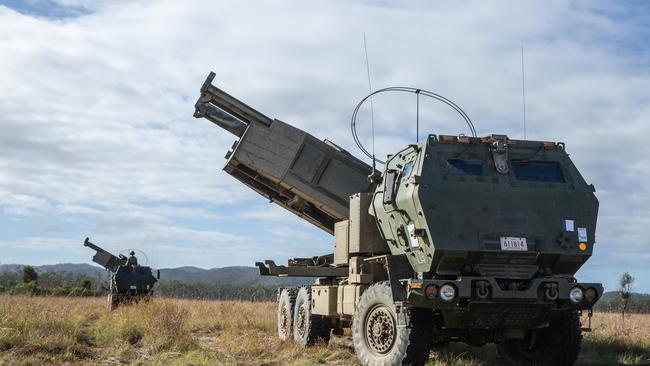
Consider finally the acquisition and manufacture of missiles. The government announced this week $4bn on missiles. Sounds impressive. And in its way it is. It’s certainly not useless.
Half of this is the money for the army and other missiles already announced and half is on the Guided Weapons and Explosive Ordnance enterprise that will manufacture missiles in Australia. But this too is now in the hands of another committee that will provide concrete options for the government to choose from in the middle of next year.
The Albanese government will have nearly finished its first term before it decides which missiles to try to build. This again is both an unspeakable scandal, in which the previous government is fully complicit, and a searing national tragedy.
The GWEO enterprise was first announced way back in the 2020 Defence Strategic Update. You might think it’s urgent. Remember, as the DSR and everyone else will tell you, we live in the age of missiles. The idea is simple. Most of our missiles are made by two US companies, Lockheed Martin and Raytheon. We want one or both of them to set up a factory in Australia and make missiles for us and for the US and other American allies.
Yet the defence establishment has never liked this idea and constantly blocked it. The Morrison government announced the initiative over and over, but nothing ever happened. It took Defence a year to work out that Lockheed Martin and Raytheon would be its partners, which any defence commentator could have told them for free in five minutes.
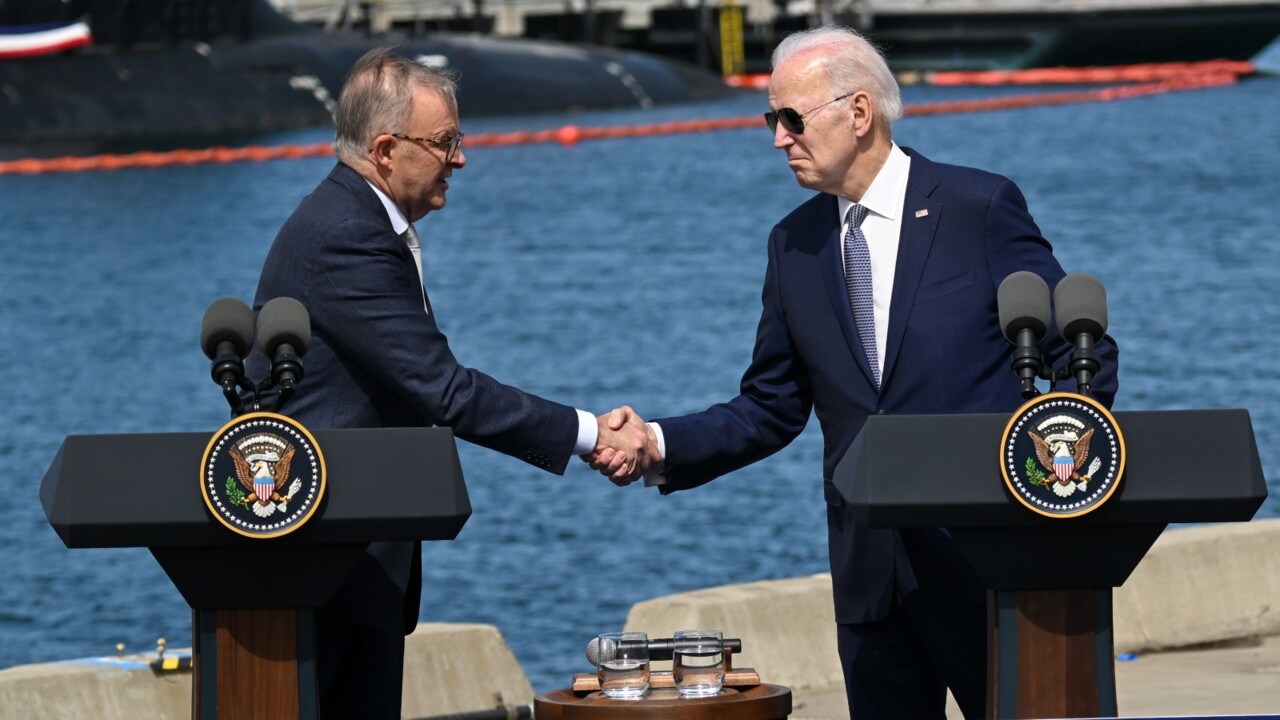
There is absolutely no reason for this initiative to be further delayed until the middle of next year. Defence could decide tomorrow which missiles it wants to build and apply to the Americans for permission to build them. But the defence establishment has never wanted to spend the money. It has convinced the government, in a hallucinogenic mind control moment, to spend billions of dollars keeping our utterly futile tanks and upgrading them and getting new ones, but doesn’t want to quickly shell out the money a missile manufacturing capability would require.
I constantly pestered the Morrison government for action on this. They often assured me they were weeks, days, minutes away from big announcements.
But though that’s what the politicians wanted, the defence establishment always managed to produce delay.
Serious people who have been at the heart of national security tell me that really the defence establishment doesn’t want any Australian government ever to have a serious war-fighting capability. At the end of the day, they think, the Americans will determine everything, they will succeed or fail, there’s nothing we can do beyond local policing, basing some American equipment here and symbolic deployments to show the Americans we are really good allies.
The Albanese government is probably as good as we could produce on these issues at the moment, led by honourable, serious, conscientious people. But it seems it doesn’t matter which side of politics is in government, the woeful, feeble status quo is what we get.
The DSR will enhance, strengthen and increase our military capabilities. It just doesn’t do so on anything like the scale that its own strategic analysis demonstrates is necessary.
Our security finally is a matter of luck and the Americans. We won’t take responsibility for it. If we wanted to, we could be substantially armed in five years. But there is nothing in our national character as it exists today, or in our politics, which suggests we will avoid our tragedy. Poor fellow my country. Poor fellow my country.



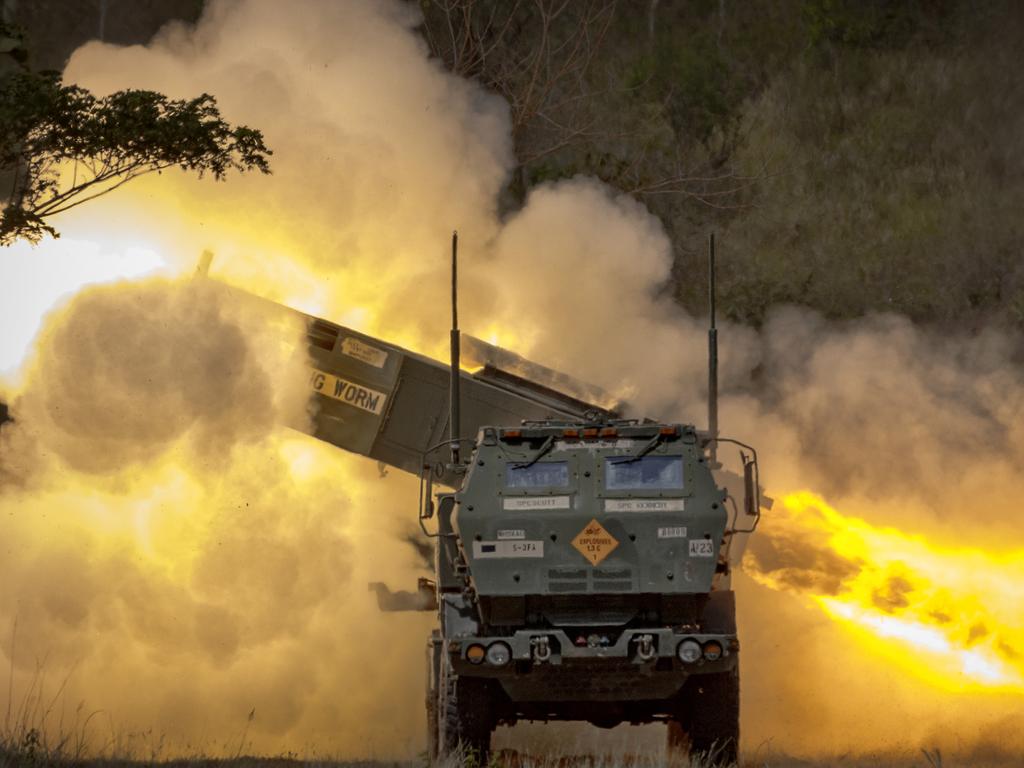
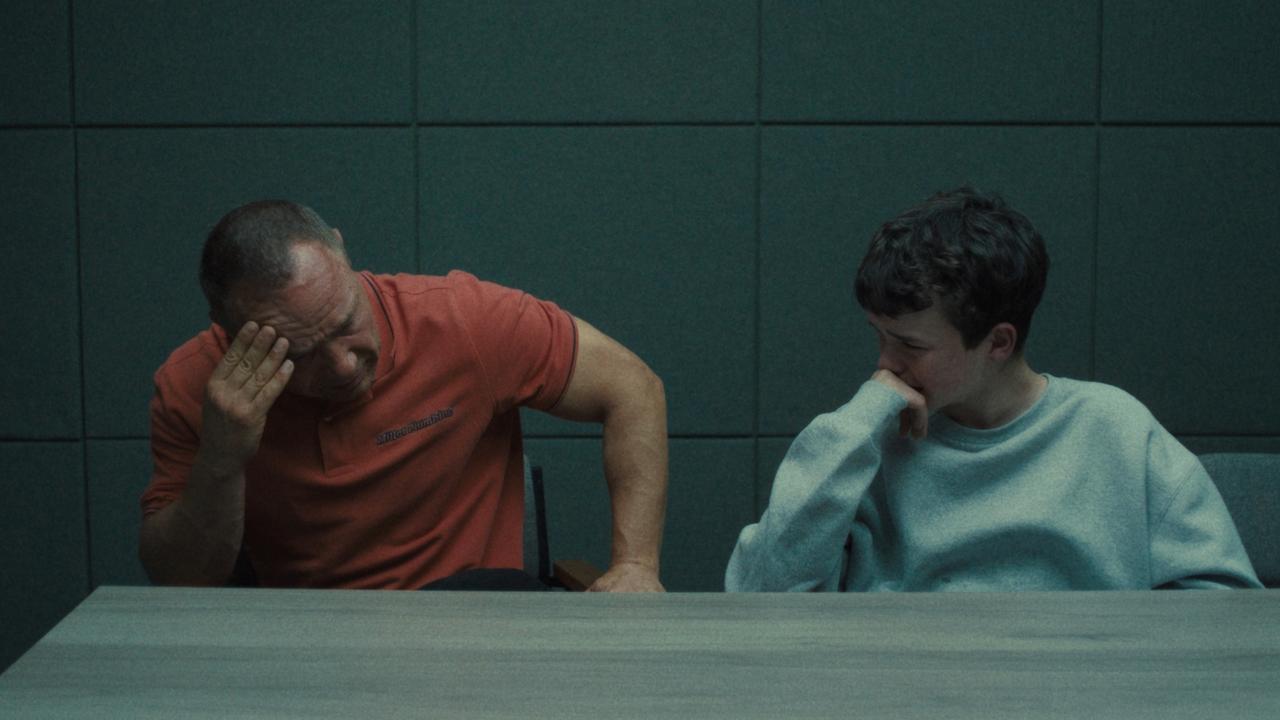

Strategy without dollars is just noise. We should bear this undeniable reality in mind as we try to work out just what the Albanese government’s Defence Strategic Review means for Australia.